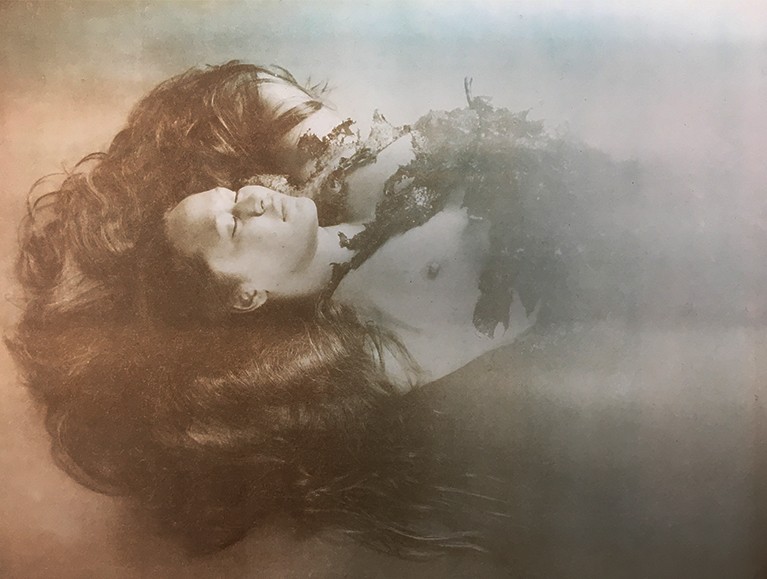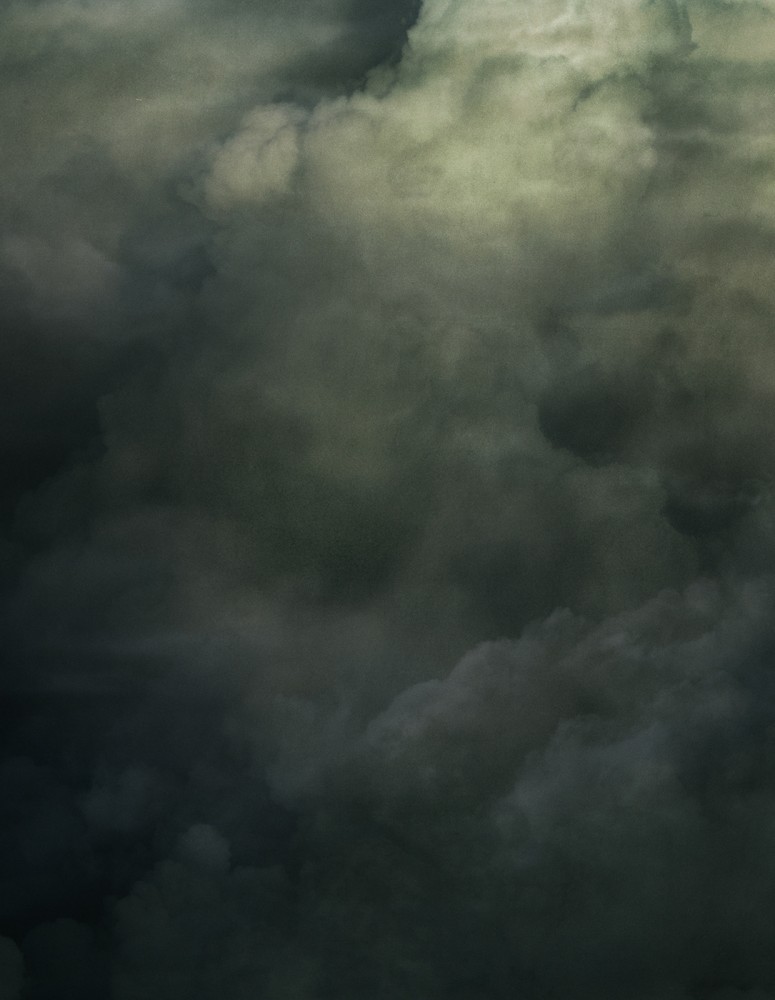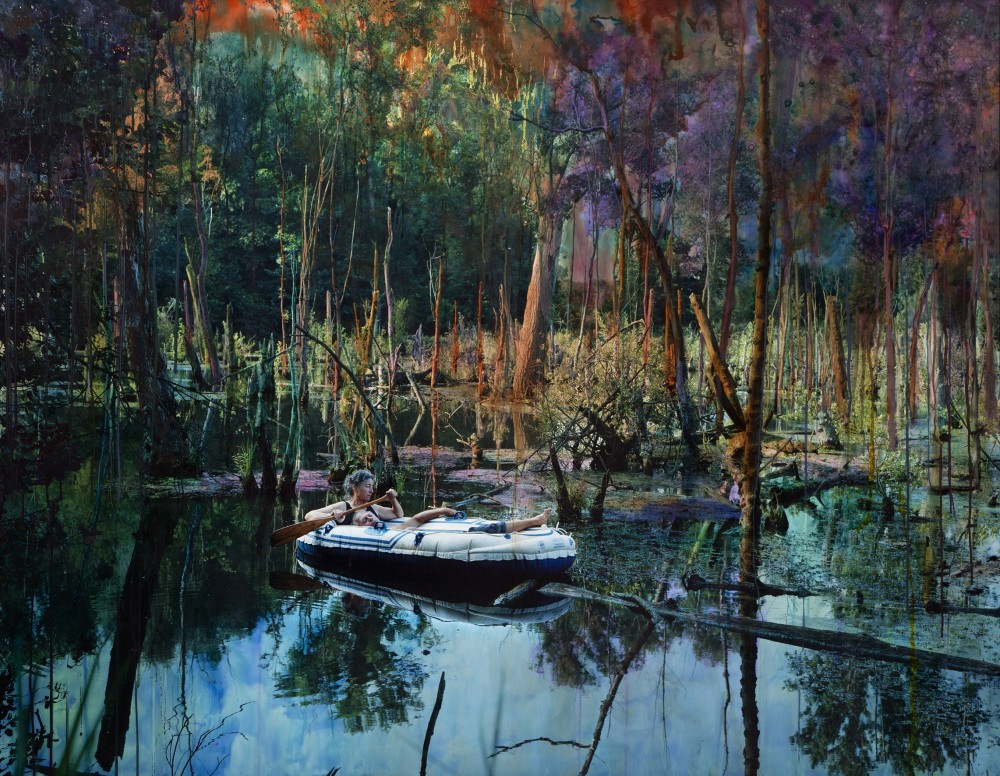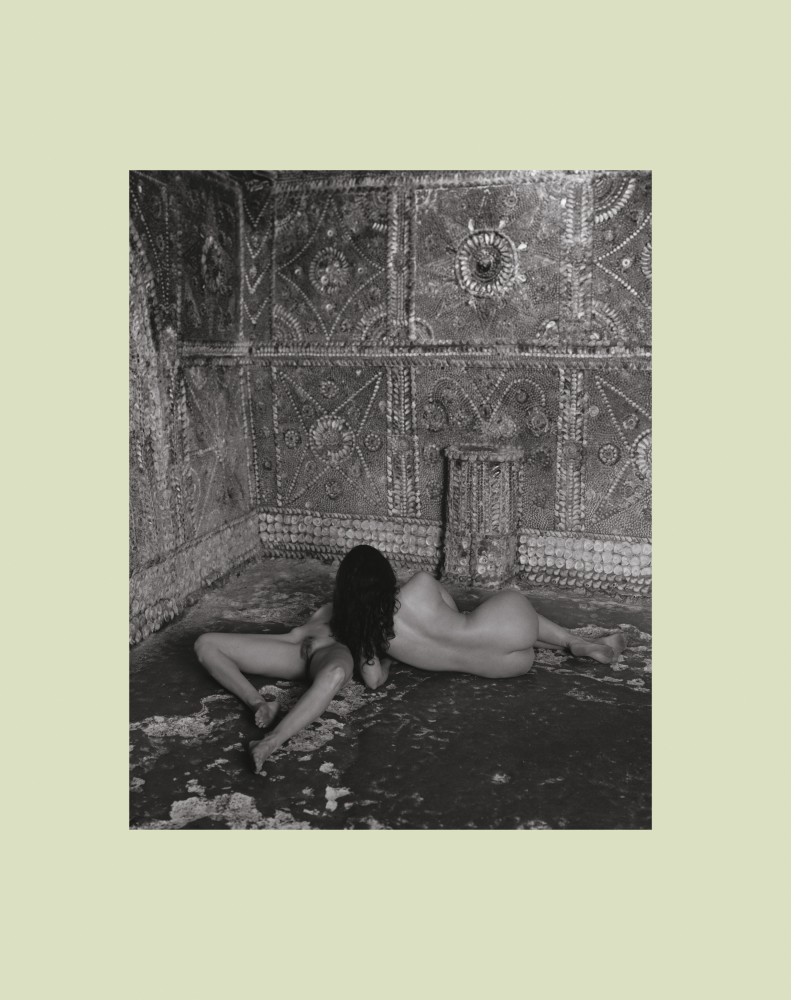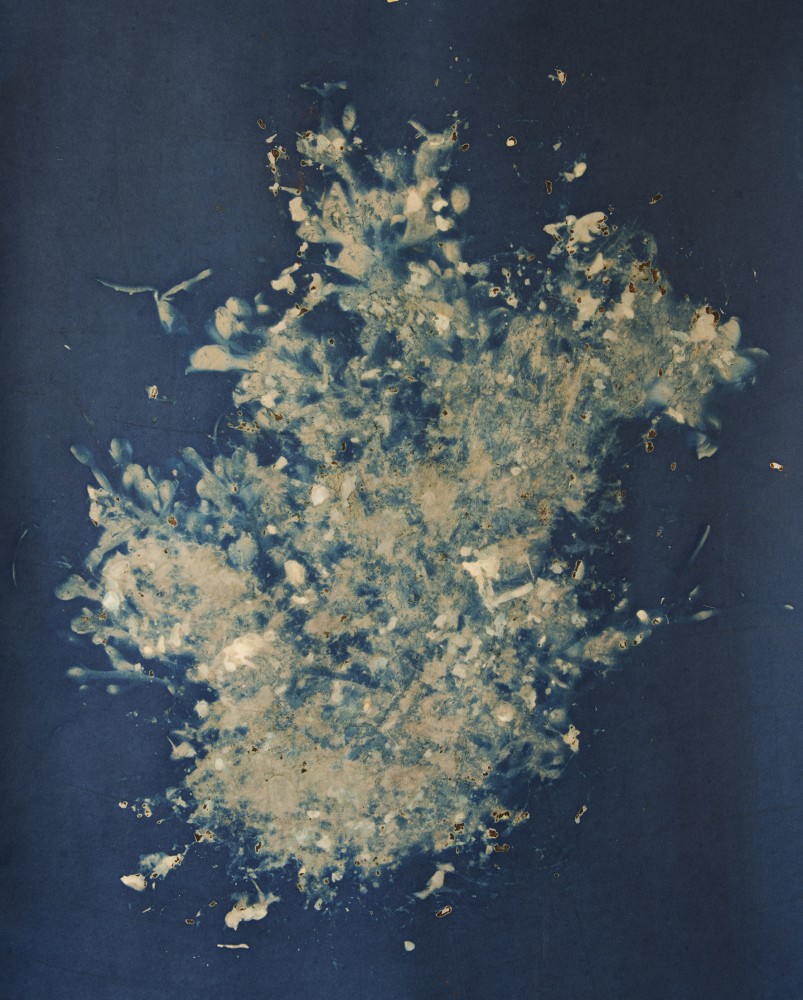Current
Constellations is a research project made up of a film and online publication by artists Esther Teichmann and Christopher Stewart, funded by the Wellcome Trust. The montage film draws upon surrealist layering and juxtapositions of fragments to explore the intertwining narratives of the Human Cell Atlas. A string quartet score composed by Deirdre Gribbin leads us through filmed and CGI visuals layered with archive footage from the Wellcome Collection. We move from the cosmic to the cellular, from flesh to data to the unknown of discovery and birth.
The online platform, designed and developed in collaboration with multidisciplinary creative studio HATO, presents this film together and in dialogue with commissioned writing; In Media Res: Three Generative Objects for the HCA by Boris Jardine, historically contextualizing the Human Cell Atlas, Discovery and the Genetic Unknown by scientific sociologist Jenny Bangham, Before the Moon Shattered and Shone Again by composer Deirdre Gribbin, On Constellations, or Seeing Stars, an exploration of the shift in the representation of pregnancy and the female body with the advent of artists entering the medical space by art historian Gemma Blackshaw, All That We Are, a short story by Esther Teichmann, From Cell to Cosmos, extracts written by midwives, doulas and scientists from a series of creative writing workshops run by the artists together with artist Sofie Layton and writer Jenny Bangham, and Notes on the Unfolding Flesh, on editing and montage by Geistė Marija Kinčinaitytė.
Forthcoming
Esther is currently working on a monograph of images and essays, On Sleeping and Drowning, forthcoming by Stanley/Barker.
A limited edition portfolio by Stanley/Barker is available from November 2019.
Past
On Sleeping and Drowning at Flowers Gallery May 2 - June 22 2019
Phantasie Fotostudio II - Esther Teichmann and Monster Chetwynd at John Hansard Gallery February 16 - May 23 2019
Phantasie Fotostudio II is the most recent work made as part of the ongoing collaboration between artists Esther Teichmann and Monster Chetwynd. Since having first met at the Royal College of Art during their MA studies in 2004, the pair have been struck by the parallels in reference materials that their very distinct practices draw upon. Their practices also overlap in their adoption of tableaux vivantes and their use of theatrical backdrops and sets. Thus begun a dialogue and close friendship that has taken the form of making a joint body of work once a decade.
Their previous collaboration 'Phantasie Fotostudio, The Esthacus Teichwynd Photos' (fusing Spartacus Chetwynd and Esther Teichmann), was made and shown in Berlin in 2007. Utilising photography and collage, these works playfully draw on diverse references, from Walter Benjamin’s essay Art in the Age of Mechanical Reproduction, Man Ray and Lee Miller’s solarisations, to Brigitte Bardot as Roger Vadim’s muse, Brooke Shields in Blue Lagoon (1980, dir. Randal Kleiser), Satyricon, David Lynch, and Walkabout (1971, dir. Nicholas Roeg). The subjects within these works recall imagined icons, at once beautiful and grotesque, a Frankenstein of moments in modern cinema and culture, each work unique and distinctly archival in quality, as though found on the kind of cutting-room floor you might encounter in a dream. All the protagonists are part of the artists’ circle of friends, artists, curators, musicians in their own right, with the inclusion of family.
Phantasie Fotostudio II brings many of the same protagonists together again along with new collaborators in this Warholesque film montage of extended portraits. Punctuated by the repetition of a crying figure, the film becomes a narrative of gazes, dramatized further by the original string quartet score by Benji Jeffrey, artist, musician and composer, who is also one of the protagonists within the film. Directed by Esther Teichmann, all the subjects selected costumes from Monster Chetwynd’s extraordinary wardrobe, under her careful guidance, with contributions by artist and make-up enthusiast Paul Kindersley. This most recent collaboration features not only a new generation of artist protagonists alongside Teichmann’s and Chetwynd’s peers, but also their own children, both in front of and behind the camera.
Inside the Camera's Belly, an essay on desire and vision, is featured in The Photographers' Gallery online Viewpoints.
La Movida at HOME Manchester with Bruce LaBruce, Derek Jarman, Linder Sterling, Esther Teichmann and others, curated by Sarah Perks.
The exhibition sets new commissions reacting to the movement alongside existing international works that explore major conceits of La Movida less directly including freedom and excess, hedonism and transgression. Forty years since the transition to democracy, the exhibition and its related films, performance and literature present a re-imaging of a movement with a strong contemporary artistic and socio-political resonance today.
The accompanying publication, Dark Habits, explores freedom and indulgence, hedonism, transgression, sex and moral conventions through short stories, poetry, essay, experimental writing and flash-fiction in this new publication.
Featuring contributions by Oreet Ashery, Shumon Basar, Marissa Burgess, Luis López Carrasco, Mercedes Cebrián, Chantal Faust, La JohnJoseph, Jonathan Kemp, Anne Louise Kershaw, Omar Kholeif, Patricia MacCormack, Adam O’Riordan, Sarah Perks, Heather Phillipson, Natasha Stallard, Esther Teichmann, Greg Thorpe, Jason Wood & James King.
Heavy the Sea at Transformer Station
Immersive installations take the audience into an alternate orphic world, moving from beds to swamps and caves, in search of a primordial return. Here, the photographic is loosened from its referent, slipping in and out of darkness, cloaked in dripping inks, bathed in subtle hues, evoking a liquid space of night. Narratives of loss and desire are entangled like the glistening tentacles wrapped around the artist’s body. Like the coral of the Red Sea said to be formed by Medusa’s blood spilled upon seaweed, Teichmann’s work transforms one thing into another, sliding between autobiography, fiction and myth, still and moving image, sculpture and painting.
Esther Teichmann’s photographs, films and writings, picture mothers like caves, sisters like seashells, lovers like moons, tears like waterfalls. Entering the octopus darkness of Teichmann’s caverns we find ingestion and emission, mother and daughter, sister and sister, black and white, lover and lover, surrealism’s erotic jolt: the irritant that makes the pearl. Seashells with apertures like cameras. The womb as oceanic. Lovers as moons. Holding as withholding. Day as night.
In Transformer Station’s presentation, Teichmann painted the main gallery in deep muddy tones, transforming the space into a layered liquid montage. Painted photographic backdrops of swamps and caves are juxta-positioned with cyanotype seaweed creatures, a boat with cloud sails and photographs of figures dreaming in and wading through other worldly spaces.
The smaller Crane Gallery features three durational looping films, created separately, yet in dialogue with one another, forming a fragmented narrative of continual movement. Teichmann worked with international composer Deirdre Gribbin to create an original composition whose sound floods the room. Figures move towards one another with a languid, certain urgency, promising an arrival we never witness. Teichmann filmed canoeist Carlos Tapuy in the Amazon, travelling with him daily on his journeys. A silent trance like meditation ensued, he concentrating on gliding down narrow shallow waters, her gaze never wavering from his body, camera pressed into her to hold still. In a curtained boat-bed dancer Sophia Wang moves in an auto–erotic continual motion as though underwater or in a dream. Another image shows a tiny tree standing alone in an overgrown rain forest, swaying to a different beat from the foliage surrounding it.
A zine published by Transformer Station, designed by the artist and Studio Hato, combines short stories and images by the artist with poems written in response to the work by artist-historian and writer Carol Mavor.
